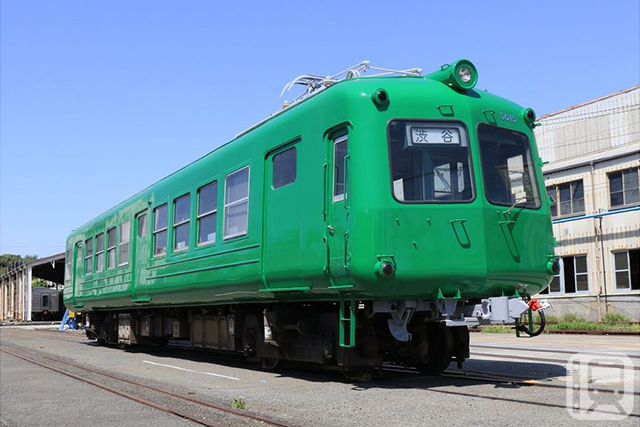The Japan Society of Mechanical Engineers (JSME) has recognized the “5000 Series (first generation)” commuter train manufactured by Tokyu Car Corporation (now Japan Transport Engineering Company [J-TREC], Kanazawa Ward, Yokohama) for Tokyu Corporation (now Tokyu Corporation) as a Mechanical Engineering Heritage Award recipient for 2025, honoring historic mechanical engineering.
The inspiration for its arc-shaped cross section inspired by airplanes
The Mechanical Engineering Heritage Awards are an annual program run by the society, comprised of engineers and researchers working in mechanical engineering, and aims to pass on Japan’s valuable mechanical engineering technologies to future generations as cultural heritage. On July 31 (Thu), 2025, a committee selected six items from the nominated candidates and announced them as this year’s Mechanical Engineering Heritage Award recipients. Among them, the “Tokyu 5000 Series Train, with its arc-shaped body for lightweight construction,” was recognized as Heritage No. 128.
Manufactured in 105 units between 1954 and 1959, the 5000 series is praised for its “shell structure (also known as monocoque structure)” with an arc-shaped body cross-section. Breaking away from the conventional square box structure of railway car bodies, the series developed a unique cross-section that bulged out at the bottom and narrowed towards the top, achieving weight reduction while maintaining strength. The design was inspired by the round, cylindrical shape of aircraft by former aviation engineers at Tokyu Car, and its innovative nature earned it the nicknames “wingless planes” and “green frogs (aogaeru),” evoking associations with its all-green paint job and round shape.
A “homecoming” to Yokohama for the first time in 70 years
The 5000 series, dubbed the “ultra-lightweight train,” boasted an all-steel construction and a weight reduction of over 10 tons thanks to its electric motors. It began operating on the Toyoko Line at 105 km/h, primarily serving as an express train, connecting Shibuya Station and Sakuragicho Station (then known as the “Sakuragicho” station) in 34 minutes. In its later years, it was transferred to Tokyu’s various lines, including the Oimachi Line, and some were transferred to regional private railways, such as Nagano Electric Railway, Fukushima Transportation, and Kumamoto Electric Railway. However, due to aging, it has already been retired from commercial service. It’s still fresh in our memory that a cut-out 5000 series car was repurposed as a tourist information center in front of Shibuya Station’s Hachiko Exit from 2006 to 2020.
The lightweighting technology of the hull structure was later adopted in renowned high-speed trains, such as Odakyu Electric Railway’s first 3000 series “Romancecar SE” and the first Shinkansen train, the 0 series, and remains widely used today as the de facto standard. The lead car of the 5000 series, which has been certified as a Mechanical Engineering Heritage, was built in 1956 as Tokyu’s “Deha 5015,” transferred to Nagano Electric Railway in 1980, and was scrapped in 1997. In April 2022, J-TREC announced that it would acquire the car as part of its 10th anniversary project, and Deha 5015, which has returned to its birthplace nearly 70 years after its manufacture, is currently undergoing restoration work at the Yokohama Works.






